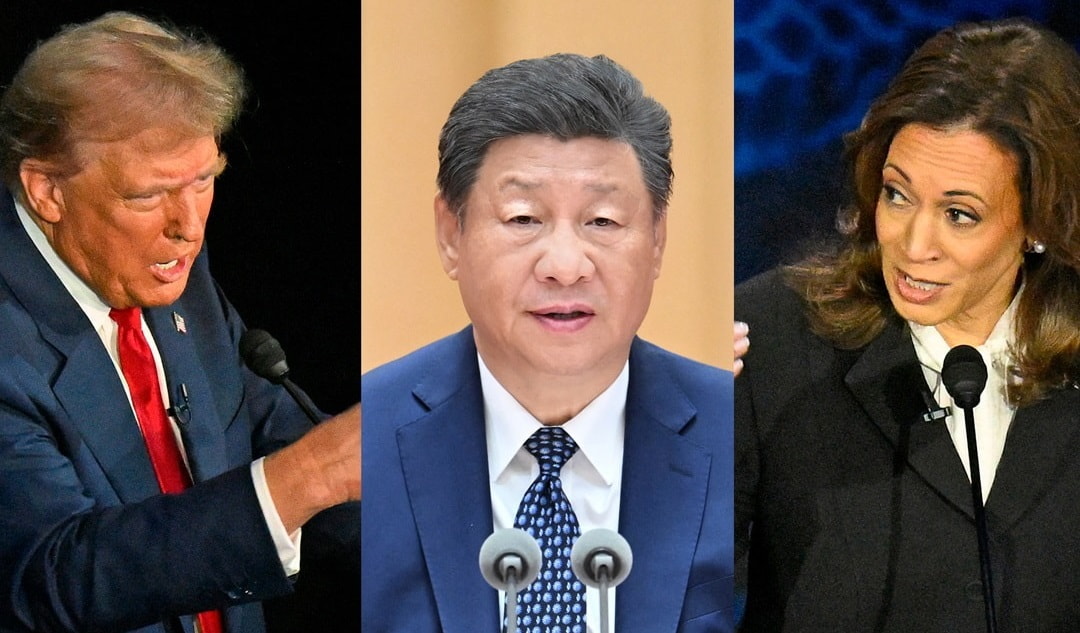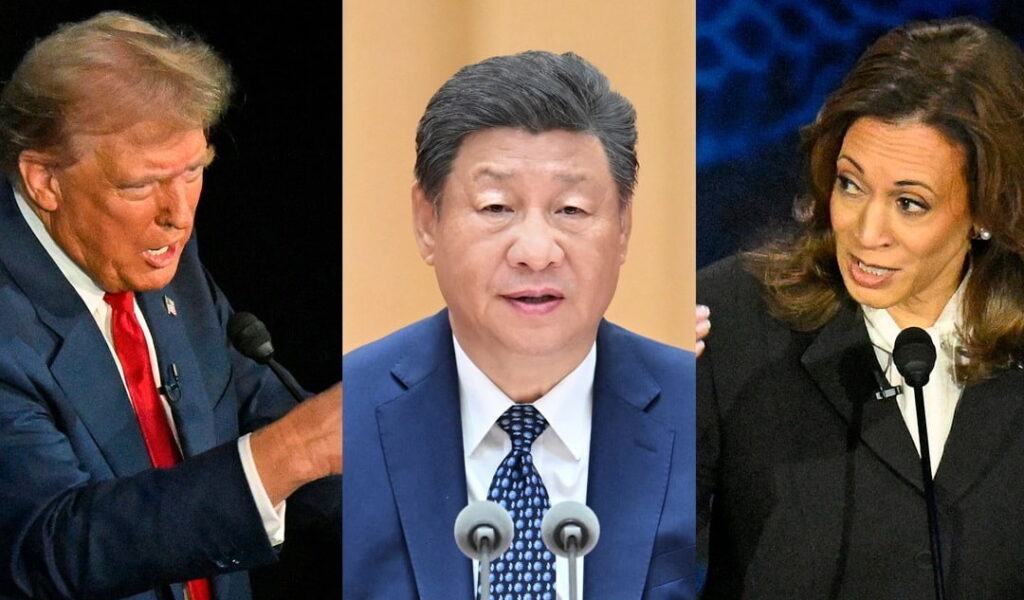

How is China, the second largest economic and military power of the world after the United States is planning to confront the second term U.S. President Donald Trump’s resurgence disrupting the so long established global order to impose his total domination on international politics? Every political analyst is looking at the current deliberations of the National People’s Congress of China which began its week long session in Beijing on March 5.
The timing of the session was decided earlier but the taking over of the U.S. presidency once again by the maverick leader on January 20 this year and his series of actions including the announcement of additional tariff on Chinese exports to the US just one day before the beginning of the Chinese Congress session has given a new dimension to the thinking of the policy makers of the Chinese Communist Party who have been closely monitoring the actions of the U.S. president regarding the earlier Israel-Hamas ceasefire deal and now the moves regarding ending the war in Ukraine.
So far, China has been out of big focus of Trump as the U.S. President is deeply engaged in his moves regarding Ukraine involving President Vladimir Putin and Ukrainian President Volodymyr Zelensky but China knows that after consolidating his position in the event of the ending of Ukraine war, Trump will put all his guns to aim at China. Trump’s advisers are saying that President Trump is hoping to conclude a deal with the Chinese president Xi Jinping on the basis of economic collaboration and investment sidelining other geo political issues for the present. Those will be taken up in the second phase since dealing China will be a tough task and the process will take time.
So far China has reacted to the tariff hike by making the point that Trump can not threat China to submission, China is also imposing reciprocal tariff hikes and if Trump wants to have a trade war, China is equally ready for a war. This assertion emanates from the confidence of the Chinese leadership in the growth of the Chinese economy and its market and investment potential which has to be taken into account by the shrewd businessman Donald Trump who is a hardcore transactionist believing in what sort of package brings benefits to the American economy. The Chinese economy, despite its occasional hiccups like in the last two post covid years, is gearing up to fill the gaps and becoming vibrant in 2025 and 2026.
Chinese Prime Minister Li announced the growth target of 5 per cent in 2025 in the annual government work report, which also outlined plans to stabilise economic growth by boosting domestic demand and creating 12 million new urban jobs. In the last two years, there was dissatisfaction in Chinese youth regarding the quality of jobs in urban areas. The sentiments got reflected in the social media pages of the high tech youth also. The Chinese report has taken note of that quality issue this time and appropriate jobs are being created in urban areas. Some western economists have been doubting about the possibility of recording five per cent growth in 2025 in view of the current trade war as a result of which the U.S. has doubled tariffs on most Chinese goods to 20 per cent with some duties crossing even 40 per cent.
In normal course, this should have a dampening impact on the export boom which the Chinese economy witnessed at the end of 2024 pushing China’s trade surplus to a record $ one trillion. In 2025, the Chinese government has to calibrate its trade policy vis a vis U.S and a few other countries so that the adverse impact can be tackled and the U.S. action’s damage to the export thrust is contained. Indications suggest that Chinese policy makers are working on the corrective steps and by the time , the Congress concludes by March 11, the policy document will be finetuned taking into account new challenges on the trade front.
In Wednesday’s work report, Li said the government wanted to “make domestic demand the main engine and anchor of economic growth”. But details on how the government would do this were scant, save for a pledge to issue 300 billion yuan ($41.2 billion) of special treasury bonds to support consumer goods trade-in programmes. That is double the amount that was issued to support last year’s subsidies scheme, in which consumers can trade in old household appliances such as microwaves and rice cookers to get a discount on new purchases. The earlier nature of export oriented economy is being calibrated more to the stepping up of domestic demand so that further turmoil in global trade patterns can be dealt with by the Chinese economy.
A new development which has given big satisfaction to the assembled delegates at the Congress is the Chinese supremacy in Artificial Intelligence being talked about globally, especially in USA’s silicon valley due to the operations of the latest Deepsafe and its impact that is expected to be felt in the coming negotiations between Trump and Xi on high tech collaboration. The earlier U.S. dominance in AI and chips is gone and China has emerged as a manufacturer with lower costs. This development has strengthened the hands of the Chinese president. Indications suggest that the talks will be at equal level at the coming summit and that is what China wants.
China is facing a global order now which has both dangers and opportunities for the country at both political and economic level. In fact, China, as the policy analysts are saying, is interested in dragging talks with Trump if the U.S. president holds talks with president Xi Jinping after working on Ukraine peace deal. Globally, Trump is getting isolated whatever be his immediate wins in his battle with Canada, Mexico or Panama. The withdrawal of U.S. from world bodies has opened up a new possibilities for China in the developing countries, especially Africa and Latin America. The stoppage of USAID programmes has hit African nations most and here China has a big opportunity to have deeper roots through financial aid and technical cooperation.
But the most important gain may be in Europe which has got distanced from the U.S. already. China has good business relations with western Europe. The US position may help China to be more active in developing economic relations taking advantage of its deep pockets which Europe may like. As things are emerging in global arena, with more and more Trump becoming protectionist, Xi Jinping may emerge as the reliable protagonist of a viable international economic order on best practices of globalisation. This is a possibility but certainly, it will not be that smooth sailing for China. Trump will not allow China to fill up the gap following U.S. withdrawal. But the process has started with having both dangers and opportunities for China in the third decade of the new century. (IPA Service)


